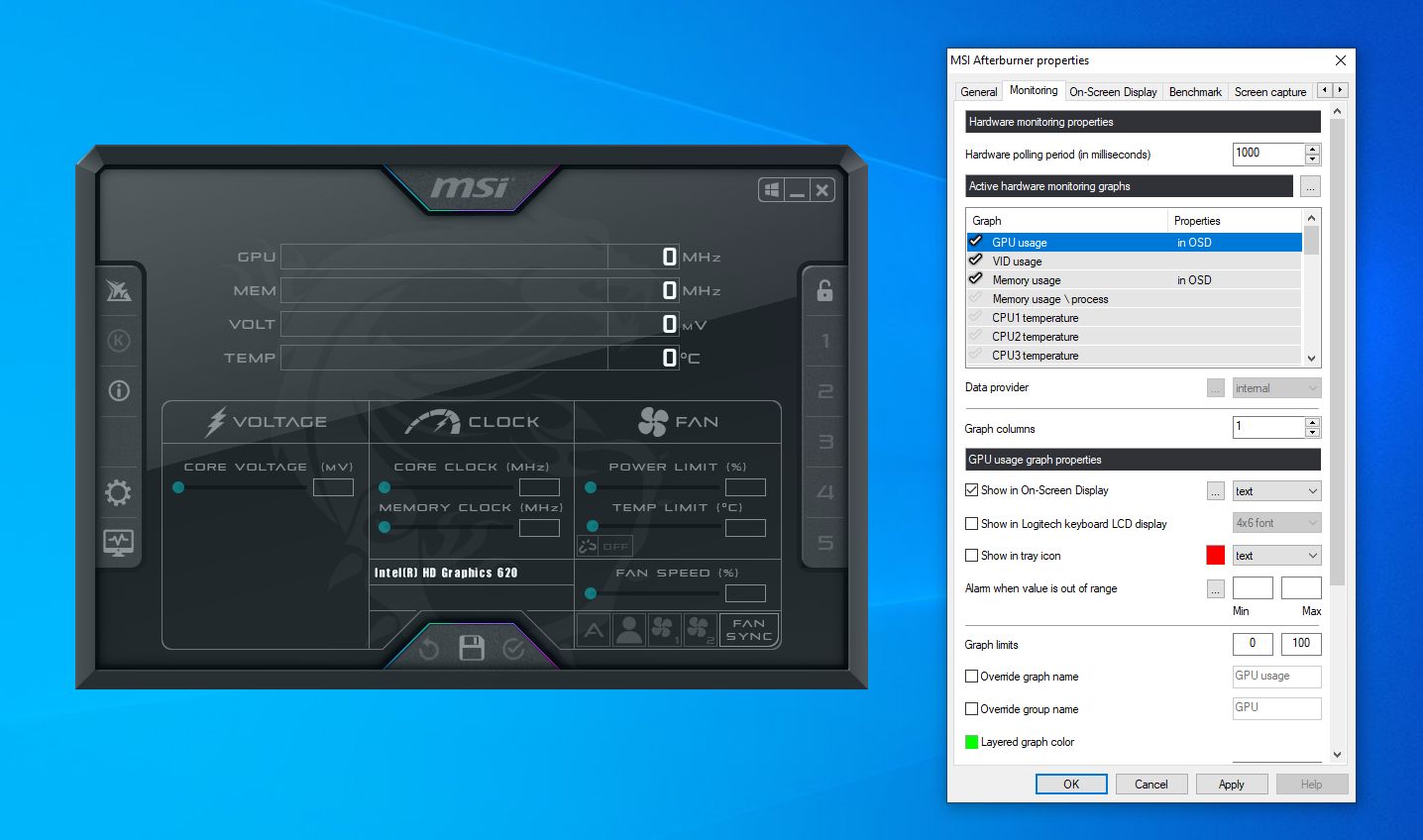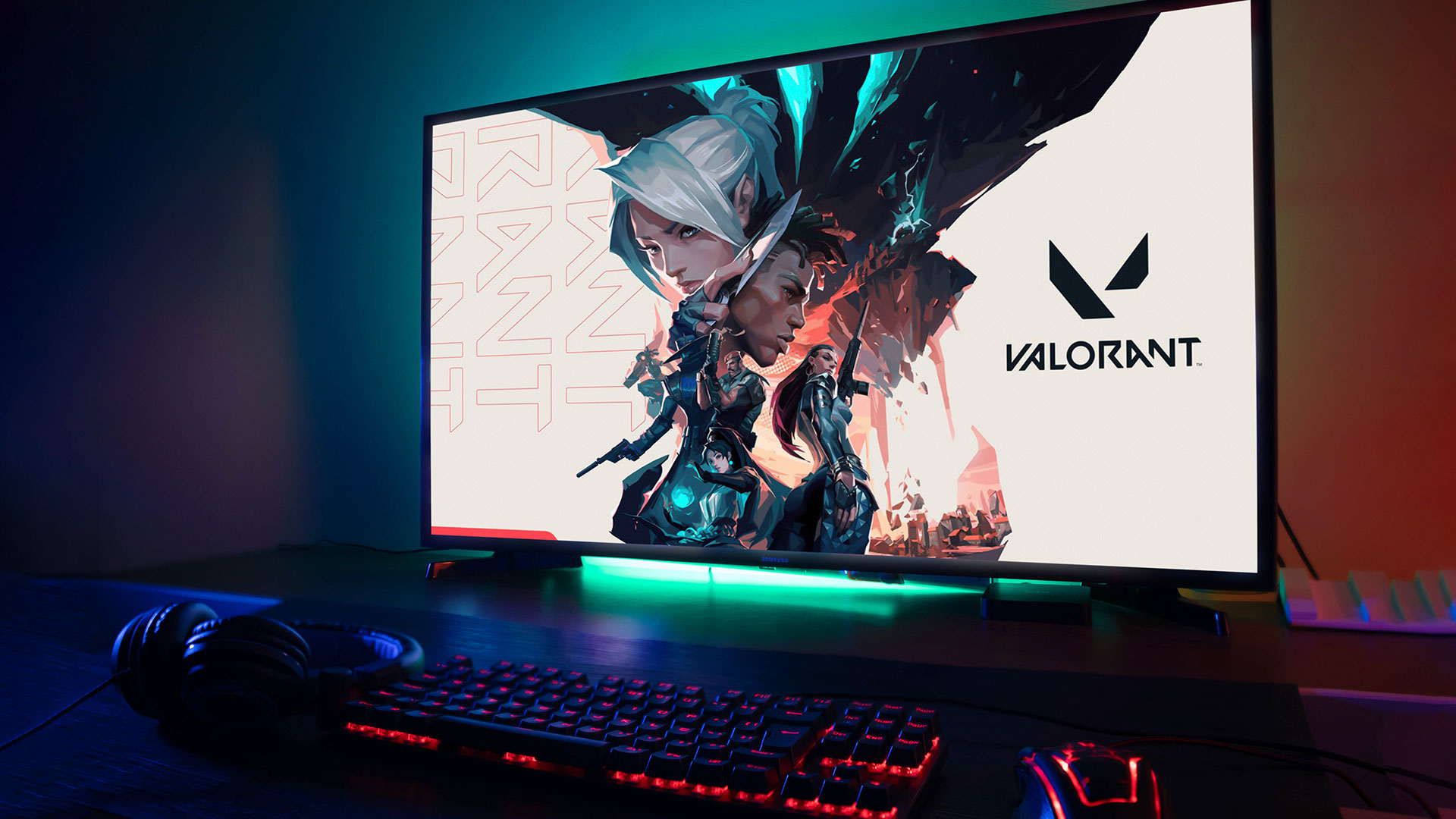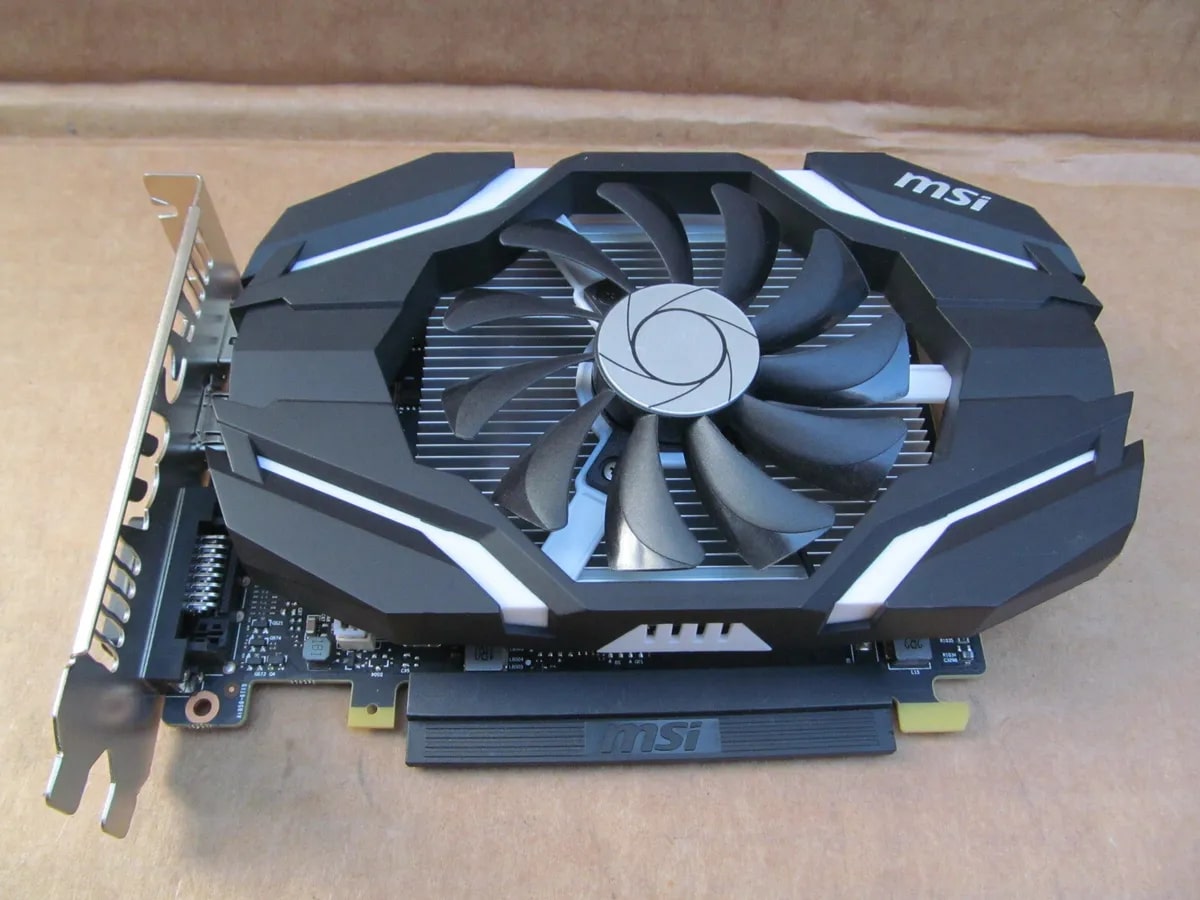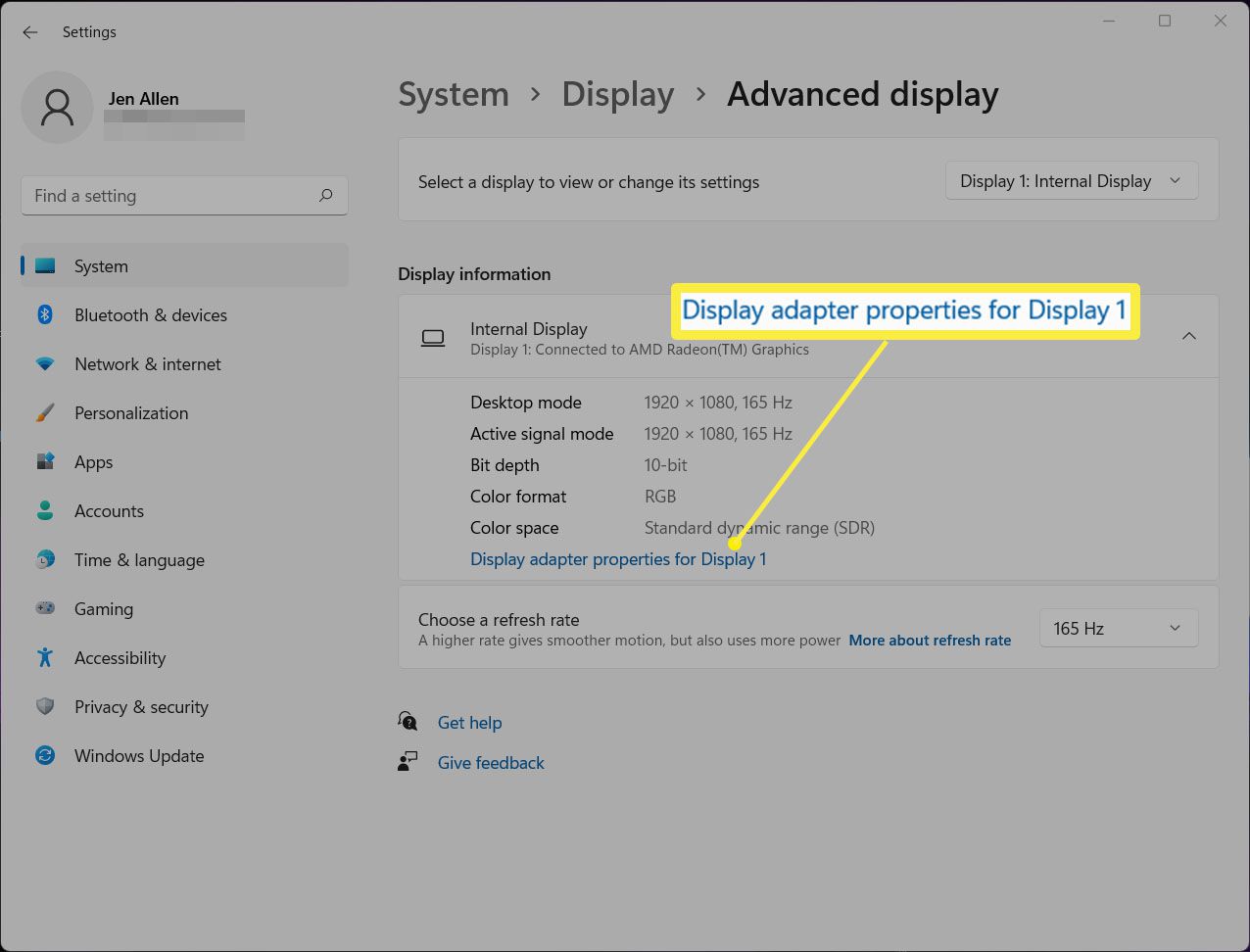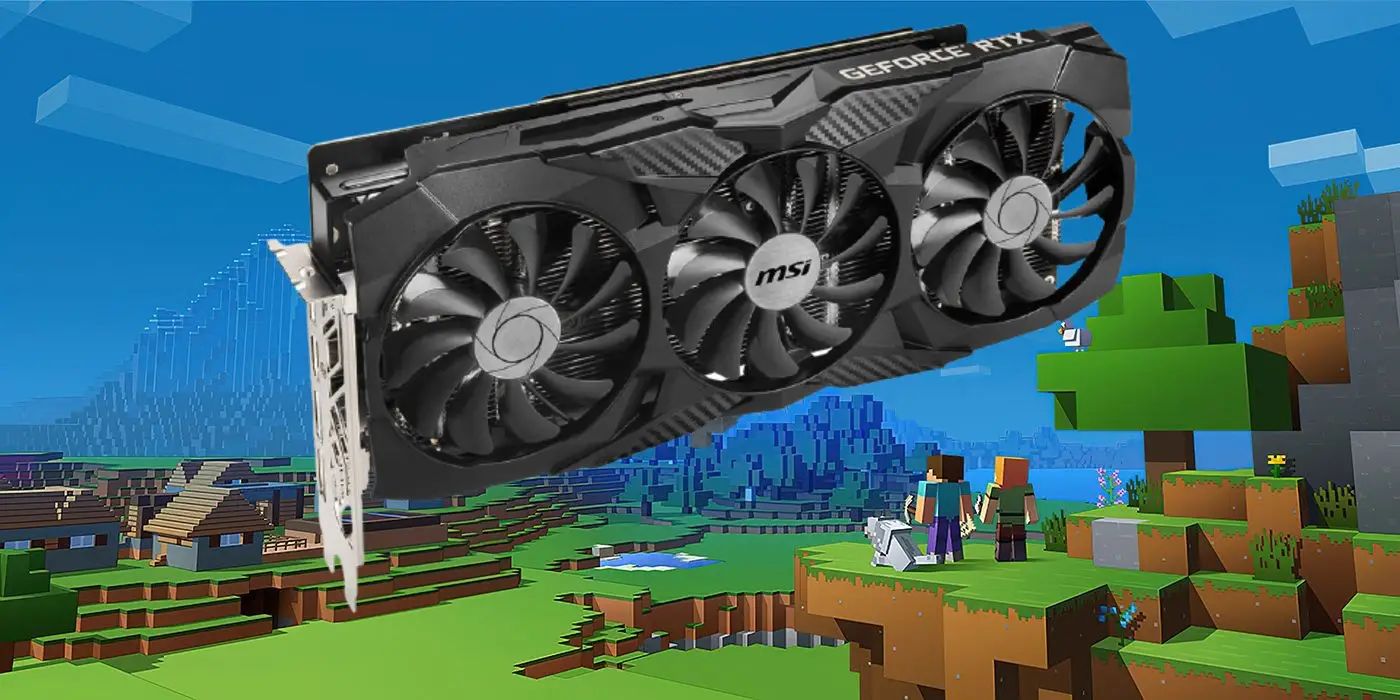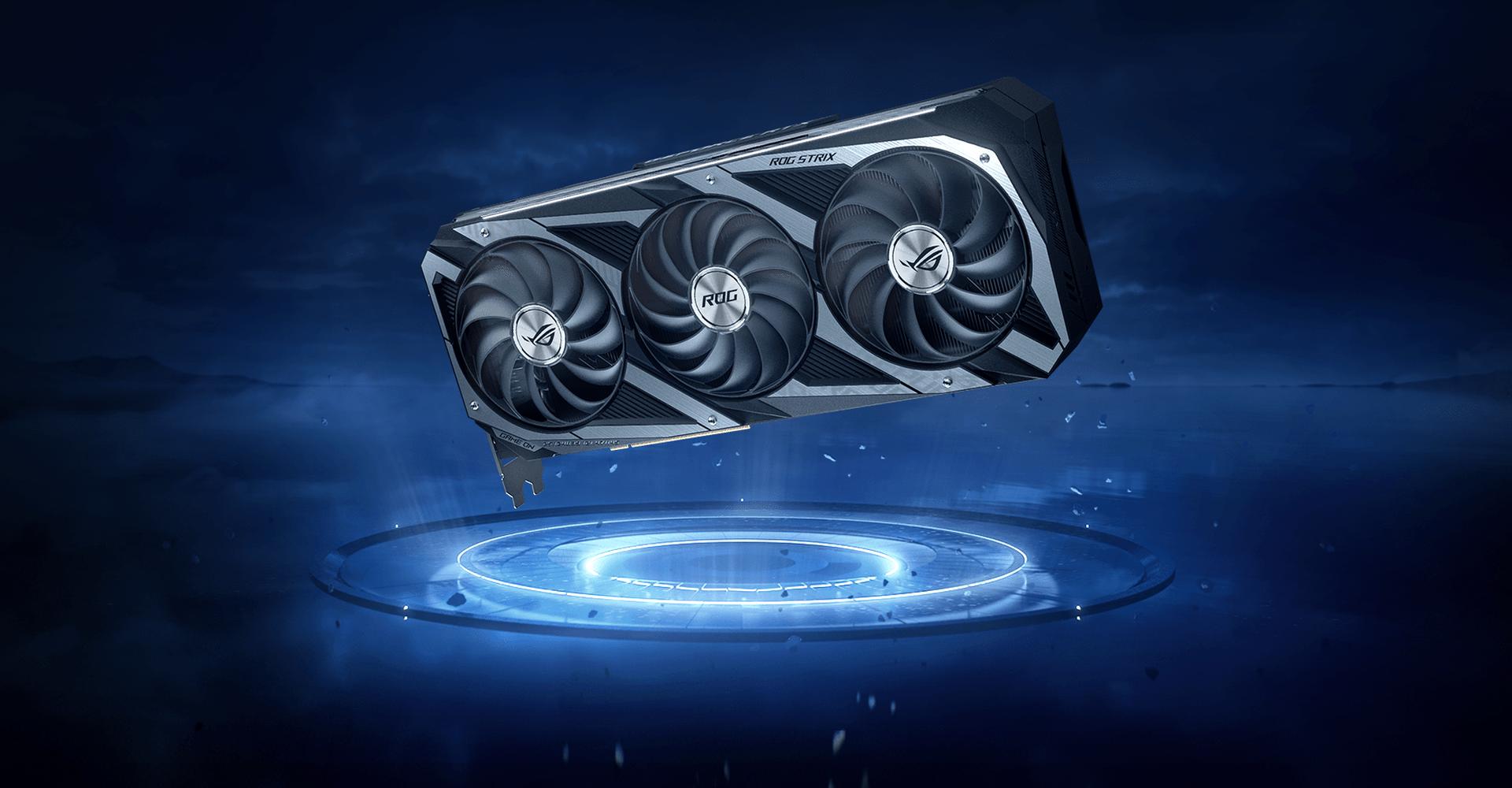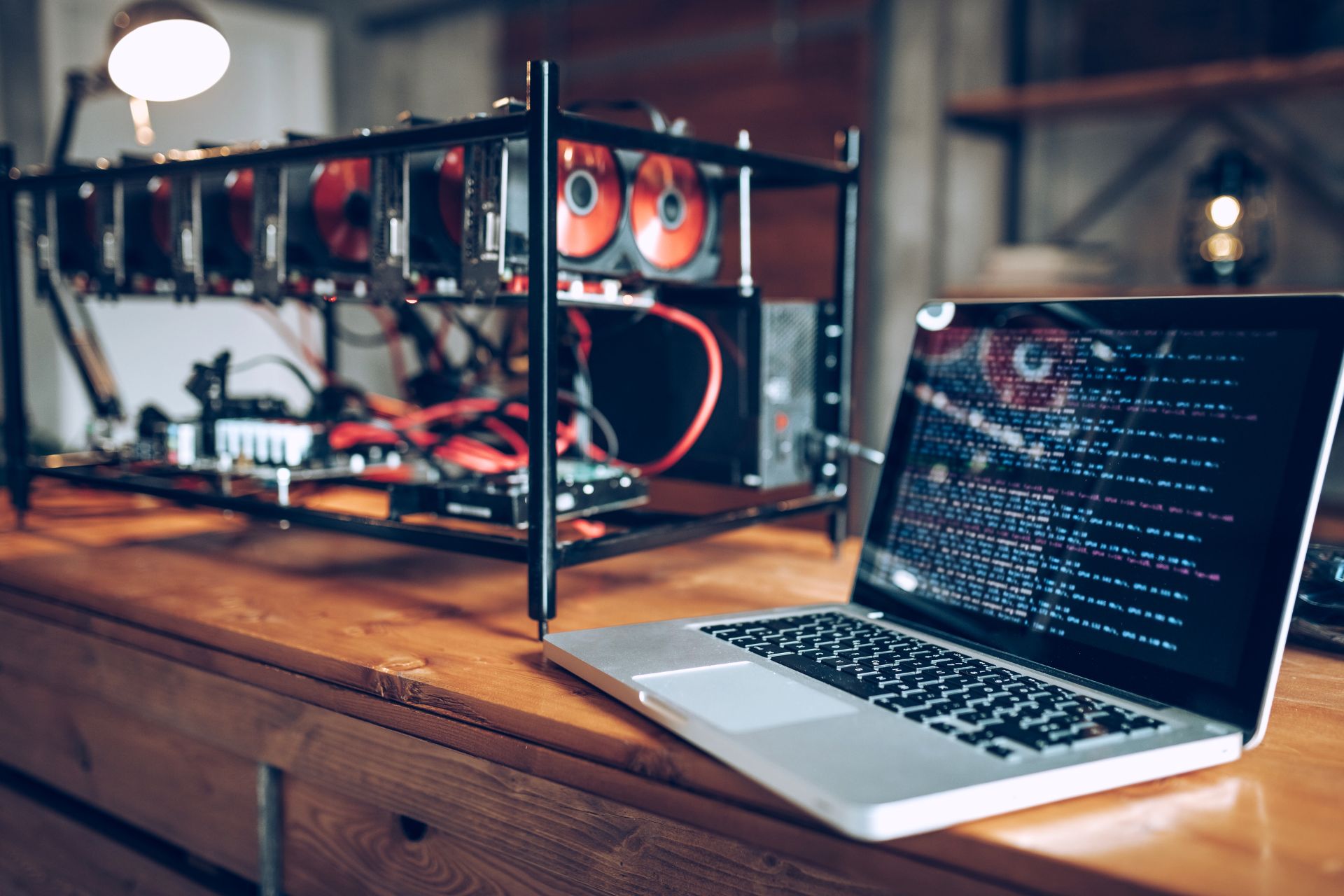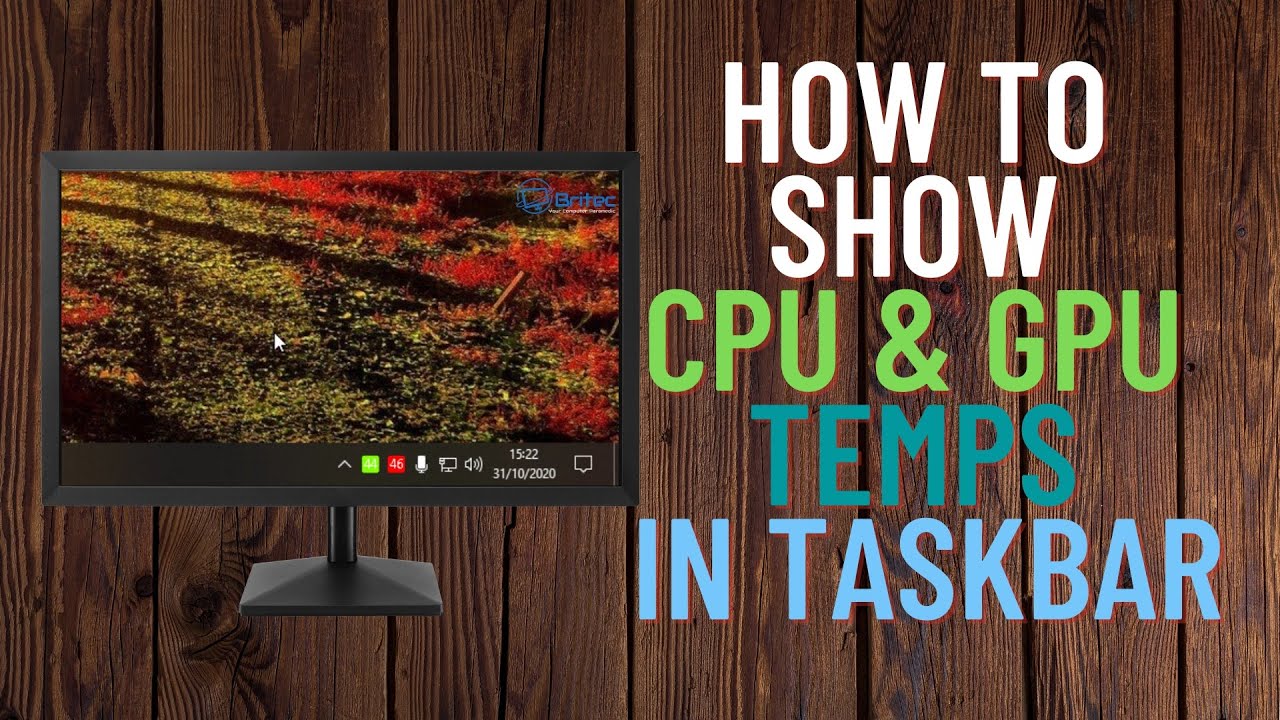Introduction
Have you ever wondered how to monitor and check the usage of your Graphics Processing Unit (GPU)? Whether you’re a dedicated gamer, a cryptocurrency miner, or a professional in graphic design, keeping an eye on your GPU usage can provide valuable insights into its performance and ensure that it’s running optimally.
There are various methods and tools available that allow you to see your GPU usage in real-time. In this article, we will explore five different methods that you can use to monitor and check GPU usage on your Windows-based system.
By knowing how to see GPU usage, you can keep track of how intensively your GPU is being utilized and identify any potential bottlenecks or issues. This knowledge can help you optimize your system’s performance, troubleshoot problems, or simply satisfy your curiosity about how your GPU is handling the tasks you throw at it.
Without further ado, let’s dive into the methods that will enable you to monitor and check your GPU usage.
Method 1: Using Task Manager
One of the simplest and most readily available methods to check GPU usage is by using the built-in Task Manager in Windows. The Task Manager not only provides information about running processes and system performance, but it also offers a glimpse into the utilization of your GPU.
To access the Task Manager, right-click on your taskbar and select “Task Manager” from the menu that appears. Alternatively, you can use the keyboard shortcut “Ctrl + Shift + Esc” to launch it directly.
Once the Task Manager window opens, click on the “Performance” tab at the top. In the left-hand sidebar, select “GPU” to view the GPU utilization graphs.
The GPU utilization graphs display the percentage of GPU usage for different processes and applications currently running on your system. You can observe which applications are taking up the most GPU resources, helping you identify any programs that might be putting excessive strain on your GPU.
Additionally, the Task Manager also provides information about the GPU’s GPU Memory, VideoEncode, VideoDecode, 3D, and Copy utilization. These metrics can give you a comprehensive understanding of how your GPU is being utilized in different aspects.
Keep in mind that the information displayed in the Task Manager might vary depending on the version of Windows you are using and the graphics card installed on your system. Some older versions of Windows may not provide detailed GPU information, so it’s always recommended to make sure you’re running the latest version for the best experience and accuracy.
Using the Task Manager to check GPU usage is a convenient and quick method that doesn’t require any additional tools or software installations. However, it might not offer as much in-depth information as specialized GPU monitoring tools, which we will explore in the following methods.
Method 2: Using GPU-Z
If you’re looking for more comprehensive and detailed information about your GPU usage, GPU-Z is a powerful tool that can provide you with in-depth insights. GPU-Z is a free utility that offers real-time monitoring and detailed information about your graphics card.
To start using GPU-Z, you can download it from the official website and install it on your system. Once installed, launch GPU-Z, and you’ll be presented with a wealth of information about your GPU.
On the main window of GPU-Z, you can find details such as the name and model of your GPU, the graphics driver version, memory size, and more. However, to focus specifically on GPU usage, navigate to the “Sensors” tab.
The Sensors tab provides real-time monitoring of various GPU parameters, including temperature, clock speed, fan speed, and, of course, GPU usage. You can select specific sensors to be displayed on the main window to customize the information according to your preferences.
GPU-Z also provides easy-to-understand graphs that depict the GPU load and GPU clock speed over time. By monitoring these graphs, you can identify patterns and fluctuations in GPU usage, which can be helpful for troubleshooting or optimizing performance.
Furthermore, GPU-Z allows you to save sensor readings to a log file, enabling you to keep a record of your GPU usage for future reference or analysis. This feature can be particularly useful if you need to track GPU usage over an extended period or while running specific applications or tasks.
Overall, GPU-Z is a reliable and feature-rich tool for monitoring and checking GPU usage. It offers a comprehensive view of your GPU’s performance and can be a valuable resource for enthusiasts, gamers, and professionals who require detailed information about their graphics card.
Method 3: Using MSI Afterburner
If you are an avid gamer or an overclocking enthusiast, MSI Afterburner is a popular and powerful utility that not only allows you to overclock your graphics card but also provides in-depth monitoring of GPU usage and performance.
To get started with MSI Afterburner, you can download and install it from the official website. Once installed, launch the program, and you’ll be greeted with a user-friendly interface.
MSI Afterburner offers a range of features, but for monitoring GPU usage, we will focus on the monitoring section. Click on the “Settings” button in the bottom right corner and navigate to the “Monitoring” tab.
In the monitoring section, you can select which GPU parameters you want to monitor and display in the MSI Afterburner overlay. GPU usage is one of the default parameters, so ensure that it is enabled. You can customize the appearance and location of the overlay according to your preferences.
Once you’ve configured the monitoring settings, return to the main interface, and click on the “Start” button to begin monitoring. You can now launch your favorite game or any GPU-intensive task, and MSI Afterburner will display real-time GPU usage in the overlay while you’re in-game.
Additionally, MSI Afterburner also offers a graphing feature that allows you to visualize GPU usage over time. You can access the graph by clicking on the “Monitoring” button at the bottom of the interface and selecting “Graph” from the drop-down menu.
With MSI Afterburner, you not only get to monitor GPU usage but also enjoy the benefits of overclocking and fine-tuning your graphics card”s performance. However, it’s important to note that modifying GPU settings and overclocking should be done cautiously and with proper knowledge to avoid any potential damage or instability to your system.
Overall, MSI Afterburner is a versatile tool that offers advanced GPU monitoring capabilities, making it a popular choice among gamers and enthusiasts who want to maximize their GPU performance while keeping a close eye on usage.
Method 4: Using AMD Radeon Software
If you have an AMD graphics card installed on your system, you can utilize the AMD Radeon Software to monitor and check GPU usage. The AMD Radeon Software is a suite of tools that provides various features and settings for AMD Radeon graphics cards.
To access the GPU usage information using the AMD Radeon Software, follow these steps:
- Right-click on your desktop and select “AMD Radeon Software” from the context menu.
- In the AMD Radeon Software window, click on the “Performance” tab at the top.
- Under the “Performance Monitoring” section, click on the “GPU” tab.
- Here, you will find real-time GPU monitoring graphs that display the GPU usage, GPU clock speed, GPU temperature, and fan speed.
The AMD Radeon Software provides detailed information about your GPU’s utilization, allowing you to keep track of its performance and identify applications that are putting a heavy load on the GPU.
In addition to real-time monitoring, the AMD Radeon Software also offers a range of customizable performance tuning options. You can adjust settings such as power limit, voltage, and fan speed to optimize your GPU’s performance based on your specific requirements.
Furthermore, the AMD Radeon Software includes a feature called Radeon Overlay, which allows you to view GPU performance metrics while in-game without having to exit the game. By enabling the Radeon Overlay and selecting the GPU usage metric, you can easily keep an eye on GPU utilization while enjoying your favorite games.
Overall, the AMD Radeon Software provides a user-friendly interface and powerful tools for monitoring and optimizing GPU usage on AMD graphics cards. Whether you’re a gamer or a professional, this software can help you make the most of your AMD GPU and ensure it’s running at its best.
Method 5: Using NVIDIA GeForce Experience
If you have an NVIDIA graphics card installed on your system, you can leverage the NVIDIA GeForce Experience software to monitor and check GPU usage. This software not only provides drivers and optimization settings for your NVIDIA GPU but also offers a convenient way to monitor GPU usage.
To utilize the GPU monitoring feature in NVIDIA GeForce Experience, follow these steps:
- Open the NVIDIA GeForce Experience software by clicking on the corresponding icon in your system tray or by searching for it in the Start menu.
- Once open, click on the gear icon in the top-right corner to access the settings.
- In the settings menu, navigate to the “General” tab and scroll down to the “In-Game Overlay” section.
- Under the “HUD Layout” option, enable the “Performance” overlay.
- Click on the “Performance” tab and ensure that GPU Usage is selected as one of the overlay parameters.
After configuring the settings, you can launch your favorite game, and the NVIDIA GeForce Experience overlay will display real-time GPU usage while you’re in-game.
In addition to the in-game overlay, the NVIDIA GeForce Experience software also provides a detailed performance graph that shows GPU usage over time. You can access this graph by clicking on the “Performance” tab in the main NVIDIA GeForce Experience window.
Furthermore, NVIDIA GeForce Experience offers additional features such as automatic game optimization, video recording, and live streaming capabilities. It serves as a hub for all things related to your NVIDIA GPU, making it a convenient tool for gamers and enthusiasts.
Overall, NVIDIA GeForce Experience provides an intuitive interface and useful features for monitoring GPU usage on NVIDIA graphics cards. By keeping an eye on GPU utilization through this software, you can ensure that your NVIDIA GPU is running smoothly and efficiently.
Conclusion
Monitoring and checking GPU usage is essential for optimizing performance, troubleshooting issues, and gaining insights into how your graphics card is utilized. In this article, we explored five different methods to help you see GPU usage on your Windows-based system.
We started with the simple yet effective method of using the built-in Task Manager in Windows. Task Manager provides a quick overview of GPU usage and can be accessed easily without installing any additional software.
Next, we covered GPU-Z, a powerful utility that offers detailed information and real-time monitoring of GPU parameters. GPU-Z is ideal for enthusiasts and professionals who require in-depth insights into their graphics card’s performance.
For gamers and overclocking enthusiasts, MSI Afterburner offers not only GPU monitoring but also overclocking capabilities. With its user-friendly interface and customizable monitoring overlay, MSI Afterburner is a popular choice among those looking to maximize their GPU’s potential.
AMD Radeon Software caters specifically to users with AMD graphics cards, providing comprehensive monitoring options, performance tuning settings, and the Radeon Overlay feature for seamless in-game monitoring of GPU usage.
Finally, NVIDIA GeForce Experience offers a range of features, including GPU monitoring, game optimization, video recording, and live streaming functionalities. It provides a centralized hub for NVIDIA users to seamlessly monitor their GPU usage and take advantage of additional gaming-related features.
By utilizing these methods and tools, you can gain valuable insights into your GPU’s performance, identify bottlenecks or issues, and ensure that your graphics card is running optimally for your desired tasks and applications.
Remember, understanding and monitoring GPU usage can play a crucial role in maximizing the performance and longevity of your system. Whether you’re a gamer, a professional, or simply a curious user, having knowledge of your GPU’s usage is empowering and can help you make informed decisions.







